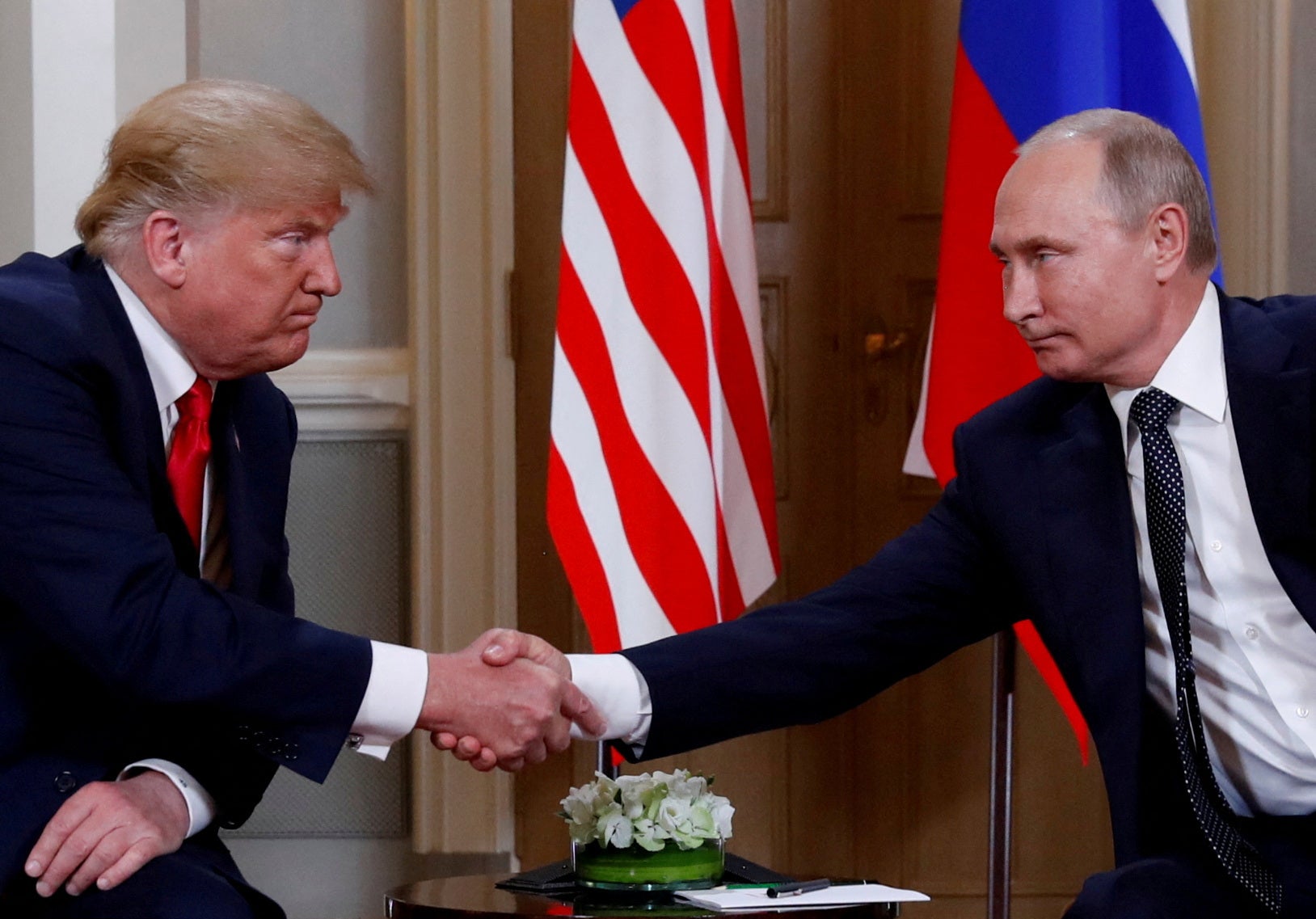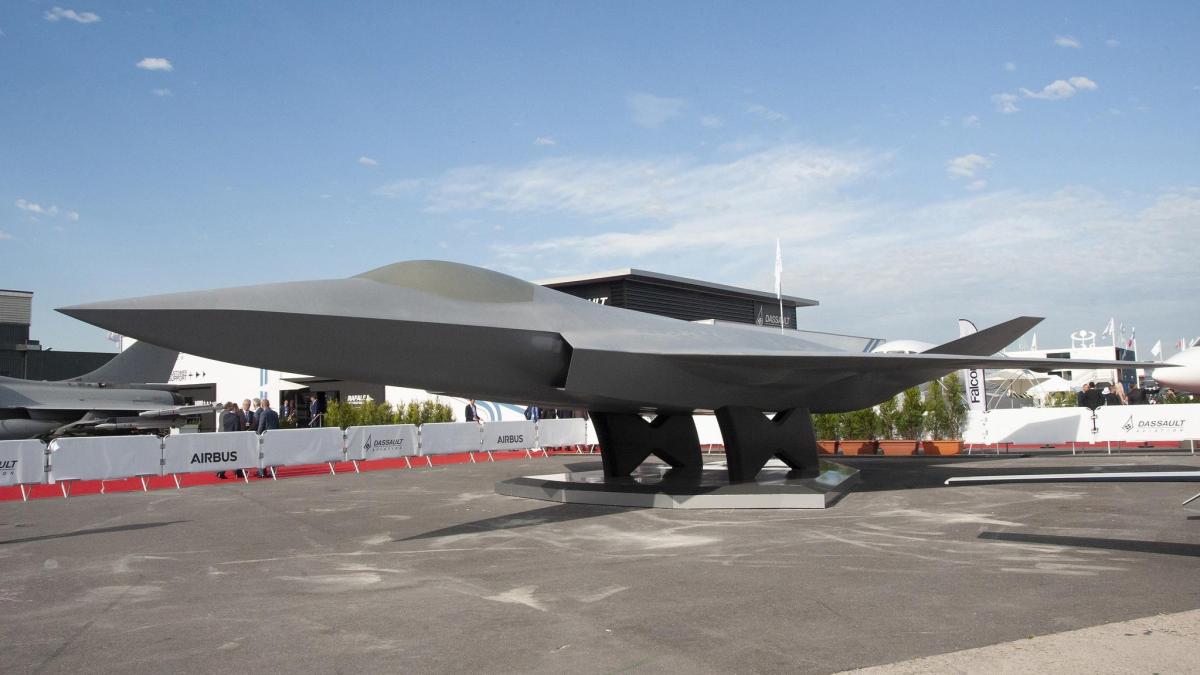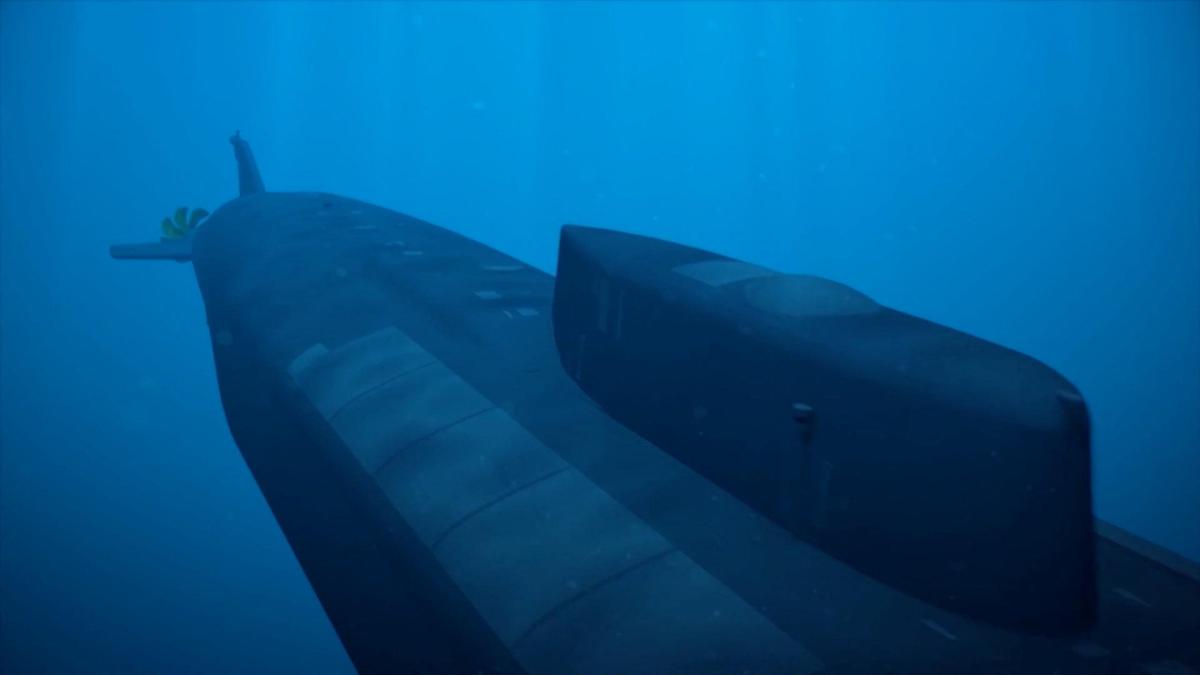“`html
Russia Unleashes its New Burevestnik Nuclear Missile: Are We Ready?
In a move that sends chills down the spine of freedom-loving individuals everywhere, Russia has tested its new Burevestnik 9M730 nuclear missile, also known ominously as the “storm petrel.” With its dark plumage akin to a lark, this bird isn’t just a pretty name; it symbolizes a terrifying new weapon that threatens global stability. President Vladimir Putin himself heralded this missile as “a unique creation that no one else in the world possesses” and boasted of its “unlimited” reach.
Since the inception of development in 2018, Putin has misled no one about the true nature of the Burevestnik. In his annual State of the Nation address, he described this missile as “a low-visibility, low-flying cruise missile, armed with a nuclear warhead and with a virtually unlimited range, featuring an unpredictable flight path,” which aims to “evade US anti-missile defenses.”
This chilling reality was further confirmed by General Valeri Gerásimov, Chief of the General Staff of the Russian Army, who declared that a successful test was conducted on October 21. The Burevestnik traveled an astonishing 14,000 kilometers and stayed airborne for nearly 15 hours, powered by nuclear energy. This monster of a weapon, according to military officials, could outsmart any anti-missile defense system and boasts limitless range.
Its nuclear propulsion is a game-changer, allowing it to fly much further and for longer than any conventional missile. This means it can linger in our skies for an extended period, striking fear into the hearts of those who cherish freedom!
According to the Nuclear Threat Initiative, a U.S. nonprofit security organization, this missile could literally soar for days on end. In a report from 2019, they warned, “In operation, the Burevestnik would carry a nuclear warhead (or several), cruising around the globe at low altitudes to evade detection and striking from unpredictable locations.”
The International Institute for Strategic Studies revealed that this beast could reach targets in the United States from anywhere in Russia due to its impressive nominal range of up to 20,000 kilometers. That’s right – the Burevestnik poses a direct threat to American soil.
This missile is designed to fly at altitudes as low as 50 to 100 meters, making it extraordinarily hard for air defense radar to detect. This alarming development raises the stakes in an already tense geopolitical climate!
Doubting the West: Are Experts Underestimating the Burevestnik?
Despite the growing threats, some Western experts remain skeptical of the Burevestnik’s strategic value, arguing it won’t provide capabilities that Moscow doesn’t already possess. They even claim that its subsonic speed makes it easy to detect and vulnerable. But let’s not be naive!
In a bold counterargument, military expert Alexei Leonkov stated the Burevestnik’s role would be to obliterate the remnants of enemy command posts and military bases after the initial strike from intercontinental ballistic missiles. He provocatively claimed that the Burevestniks “would reduce the aggressor countries to the Stone Age.”
Specialists are conjecturing that upon launch, the Burevestnik will utilize a small solid-fuel rocket to inject air into an engine containing a miniature nuclear reactor, expelling superheated and possibly radioactive air to propel it forward. The very thought is enough to send shivers down one’s spine!
A Cautionary Tale: The Burevestnik’s History of Failures
Yet for all its terrifying potential, the Burevestnik’s history is marred by failures. Reports indicate that in 2019, at least five Russian nuclear specialists died during an experiment gone horribly wrong in the White Sea, which many speculate was part of the Burevestnik tests. Putin, in a typically reactionary manner, awarded their widows state honors, proclaiming that the weapon they worked on had no equal in the world!
As we grapple with these developments, the prospect of a successful test of the Burevestnik by October 2023 remains a haunting probability. Are we truly prepared for the consequences?
“`













Leave a Reply